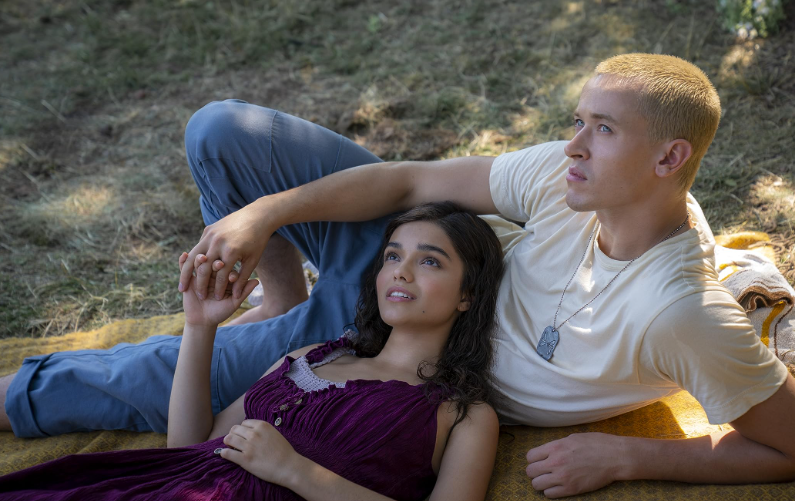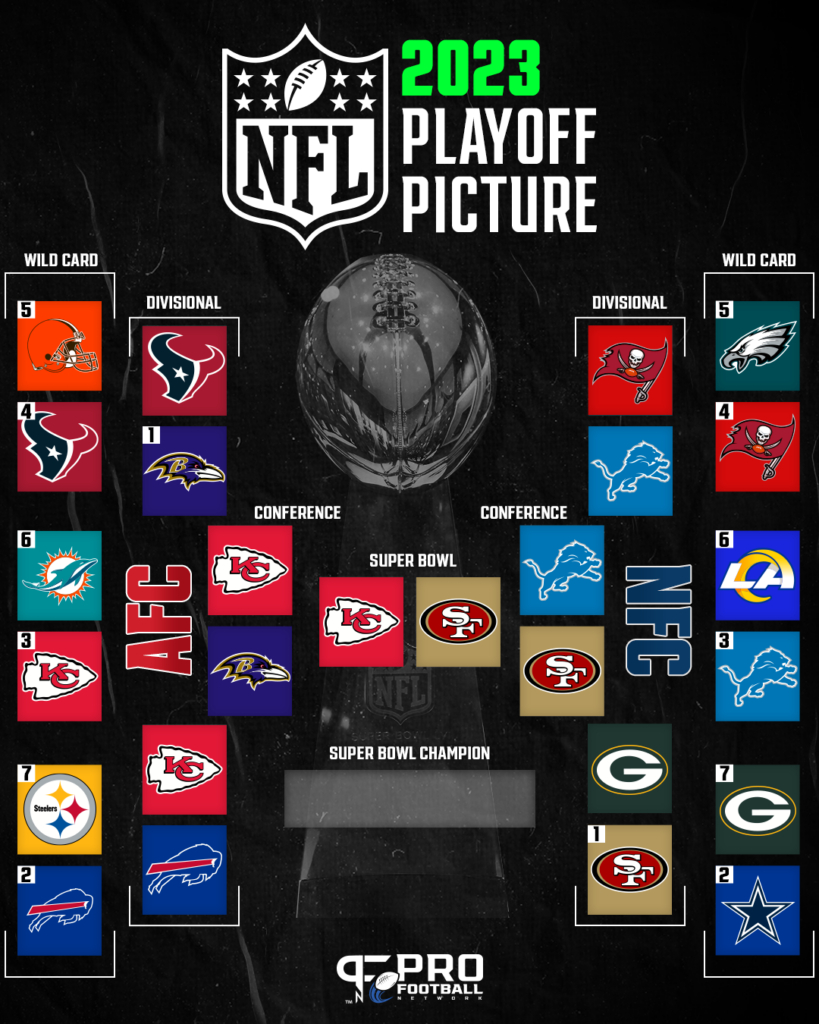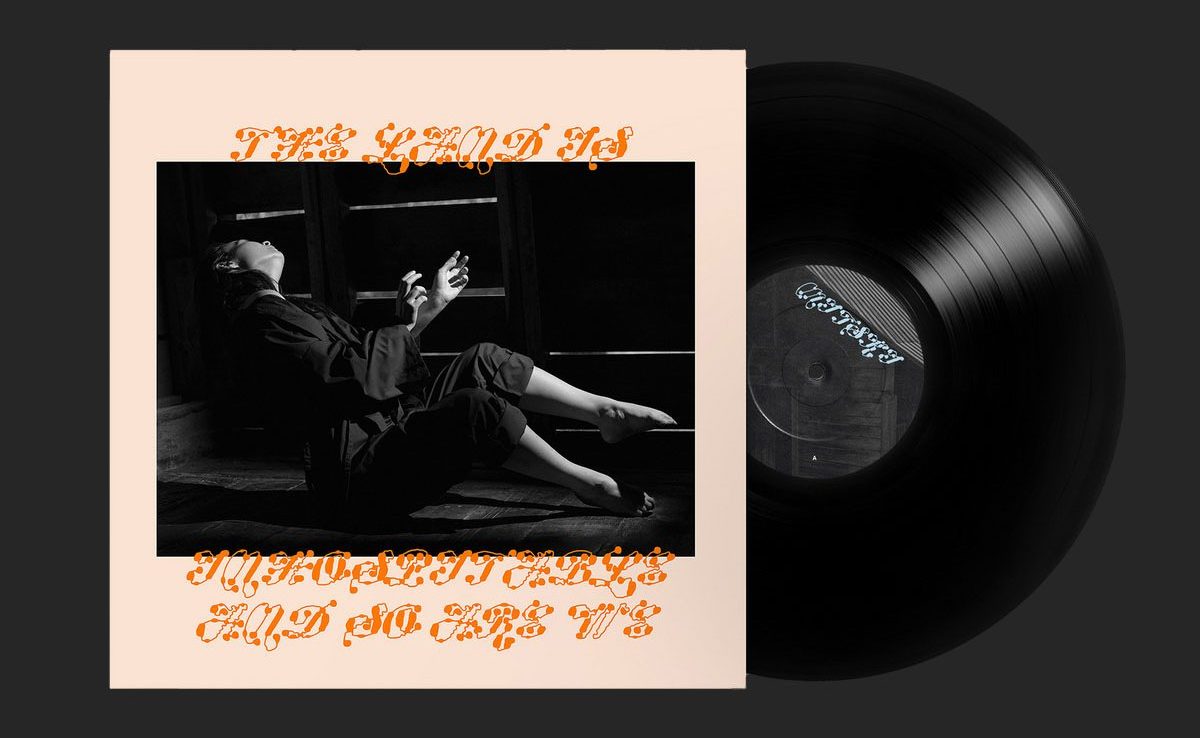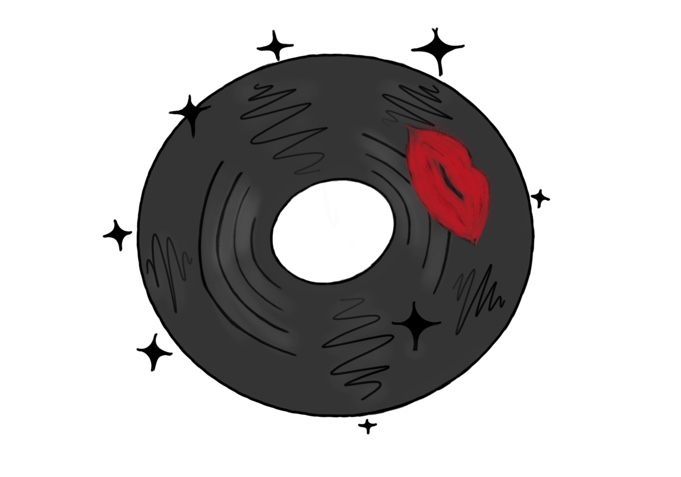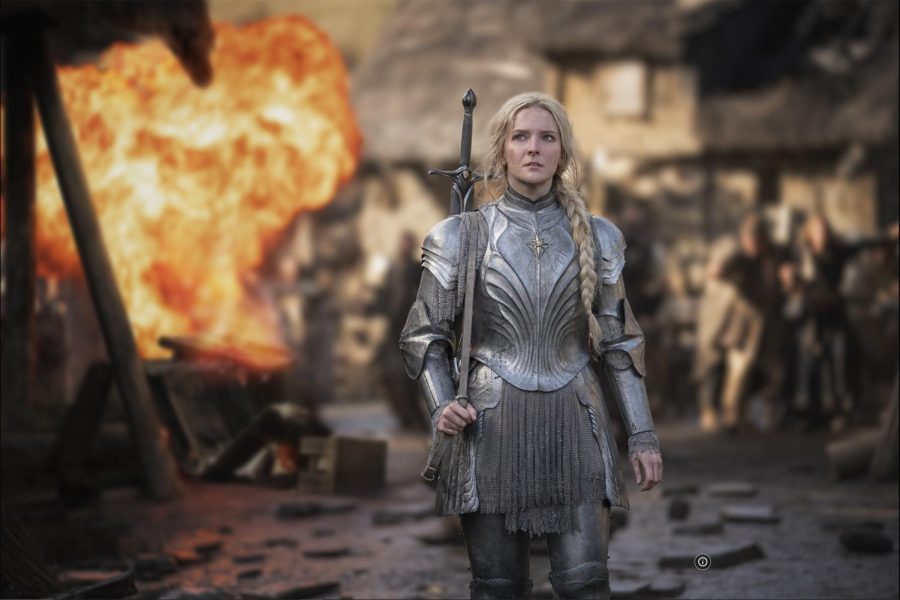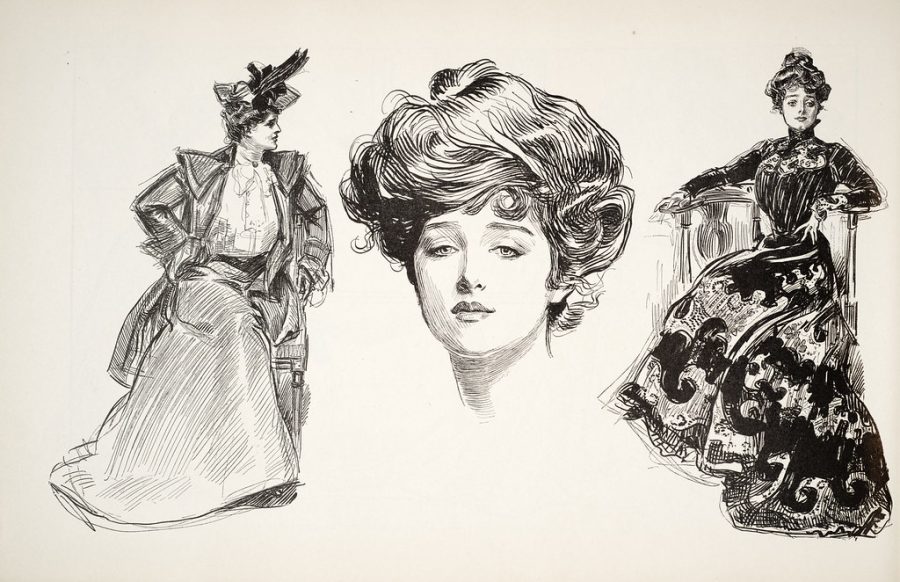In a cinematic rendition that mirrors President Snow’s own calculated dance between power and morality, “The Ballad of Songbirds and Snakes” brings the novel’s world to life, yet leaves fans torn between nostalgia and a sense of disappointment. The movie is an adaptation of the novel by Suzanne Collins, meant to serve as a prequel for The Hunger Games franchise. It depicts the events of the 10th annual Hunger Games through the eyes of Coriolanus Snow (Tom Blyth).
Snow’s backstory is important to understand the movies following the original Hunger Games trilogy, where Snow acts as the main antagonist. “The Ballad of Songbirds and Snakes” attempts to expand on his complexity as a character and what pushed his descent into tyranny. It does to some extent, but the pacing and structure of the film made it feel clunky and ambiguous.
At the start of the movie, Snow has nothing but his name. The only hope his family has of regaining their fortune, lost during the First Rebellion (a fact unbeknownst to the rest of the Capitol), is his ability to secure the Plinth Prize, a full scholarship to The University that will open up opportunities for Snow to reinstate his family’s wealth. After the war, the Capitol slowly rebuilt their society and enacted The Hunger Games as the Districts’ punishment for their revolt. Him and 23 other top students at The Academy are deemed ‘mentors’ for the tenth Hunger Games, and will be assigned tributes to coach. This program is meant to increase competition for the Prize, with the promise that the best mentor will win. In the face of desperation for money, Snow is given District 12 to his dismay, which is notorious for their weak and timid citizens. This year’s female tribute Lucy Gray Baird (Rachel Zegler), however, captures the attention of the Capitol with her choice of belting out a ballad after she is chosen.
The movie is split into three parts, much like the book. While this choice created a clear narrative with fantastic pacing in the novel, its effect in the movie felt rushed. It left many questions unanswered for those who have not read the book and shortened scenes that could have added more depth.
During Part 1, the audience watches Snow make strategic decisions that advertise Gray as “a spectacle, not a survivor,” emphasizing her charming personality to benefit off her success. Unlike his peers, Snow takes initiative as a mentor and goes to meet his tribute as she arrives, and while he does so with the sole motivation of winning the Prize, he finds himself developing sympathetic and slightly romantic feelings towards Lucy Gray. As more characters are introduced, such as the mad gamemaker of the Hunger Games, Dr. Volumnia Gaul (Viola Davis), and the Dean of The Academy, Casca Highbottom (Peter Dinklage), who has a vendetta against the Snow family, Snow feels increasingly more conflicted about his place in the Games. Dr. Gaul proves herself to be sadistic and cruel, making Snow cautious yet craving of her approval, proposing ideas that aim to increase viewership of the Games. Watching him simultaneously find a way to commercialize The Hunger Games and then kiss Lucy Gray provides context to Snow’s manipulative nature in the future and the selfishness that dictates his decisions.
In Part 2, a romance between Snow and Lucy Gray springs up out of nowhere, with Snow giving a teary-eyed kiss to Lucy Gray before she enters the arena and providing her with a way to win through his mother’s compact (the significance of which is never given). Because the first hour of the movie had focused on Snow figuring out how to earn himself the Plinth Prize, the small tidbits of romantic gestures felt confusing and unexplained. Seemingly important scenes were left undiscussed, making sense only to those who read the book and leaving the rest of the audience perplexed. For example, the period of time between the tributes’ arrival and the start of the Games was shortened from three weeks to three days, removing scenes from the book that would have developed the romance more and added depth to Snow’s inner conflict.
The shift between Act 2 and 3 also happened abruptly, moving from Lucy Gray’s victory in the Games to Snow enlisting in the Peacekeepers due to his expulsion for cheating. Again, the movie left out substantial details that would have made the transition smoother. It discarded a speech given by Highbottom to Snow that insinuated the latter’s expulsion might’ve been for the best, Snow’s goodbye to his cousin Tigris (Hunter Schaefer), and his concern over Lucy Gray’s whereabouts. Fortunately, Act 3 proves to be the most interesting, capturing Snow’s experience of seeing the depressing conditions District 12 is forced to live in, while also harboring resentment for his perception that the actions of the Districts in the First Rebellion was the reason he lost everything.
Reunited with Lucy Gray at last and enjoying a few days of serenity, Snow is then offered an opportunity that leads him to realize that his ambition to reach the Capitol conflicts with his connection to Lucy Gray, making it impossible for the two to coexist. He grapples with the choice between a life of freedom and one of opulence, ultimately cementing his manipulative archetype by choosing glory and the Capitol, and planning to abandon Lucy Gray abruptly after convincing her that he is trustworthy.
Watching Snow’s inner monologue as he grapples with these two choices throughout the book really allows the reader to explore the relationship between the oppressed and the oppressor, and how the dominant group will commit atrocities to keep power and loyalty in a post-war world, inevitably continuing the same cycle of rage and fear that started the First Rebellion. Unfortunately, this film reduces this internal struggle to a few moments of white male rage. Readers of the book will already be aware of Snow’s perceptions, but regular moviegoers are left questioning the motivations behind Snow’s continuous bad decisions.
One commendable aspect of the film is its successful capture of a retro but also futuristic aesthetic. The movie adeptly brings to life the distinctive feel of the novel, seamlessly blending futuristic elements with a nostalgic ambiance. The sets contributed significantly to this achievement, evoking authenticity that resonates with the book’s descriptions. The visual portrayal of the Capitol and other settings faithfully reflects the imagined world of the novel, creating a cinematic experience that aligns with the reader’s visual expectations.
For devoted fans and readers of “The Ballad of Songbirds and Snakes,” it was enjoyable to see Panem in a new perspective, albeit with a sense of hastiness in its narrative pacing. From an objective standpoint, however, it falls short in providing adequate explanations for those unfamiliar with the novel’s intricate lore. It relies heavily on the preexisting knowledge of the narrative by the audience, and while the rushed feel may be forgiven by eager enthusiasts, who just want to see the story come to life, the film’s accessibility to a broader audience could have been enhanced with more comprehensive storytelling.
Have you seen “The Ballad of Songbirds and Snakes”? Let us know in the comments.












































































